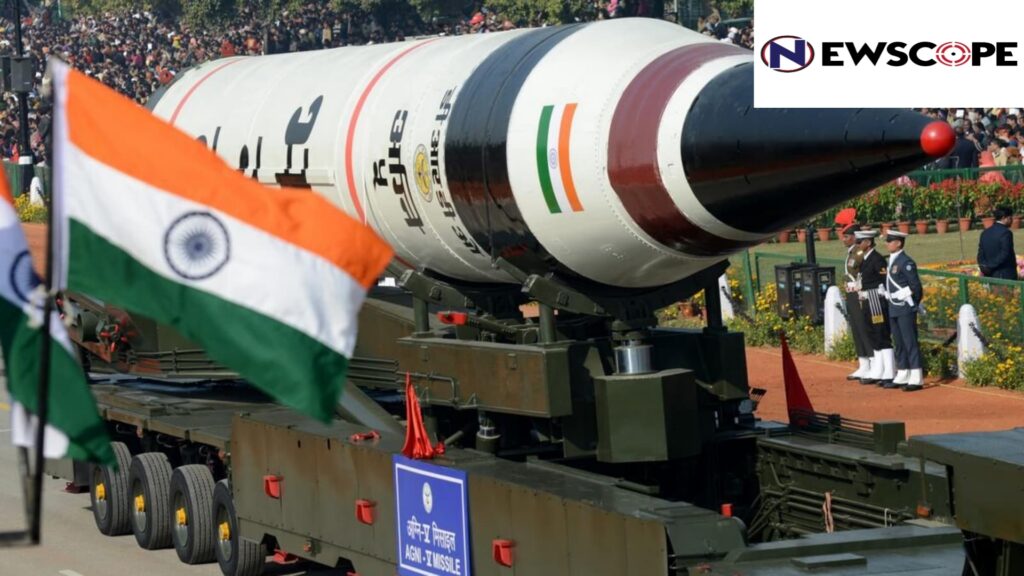In light of the recent conflicts in the Middle East, India’s Defence Research and Development Organisation (or DRDO) is now modifying the Agni 5 missile. The original Agni 5 is a nuclear-capable missile with a range exceeding 5,000 km, is being reconfigured into two new variants. The first being an airburst warhead for above ground targets and another for deep penetration strikes thaf will be capable of piercing 80 to 100 meters of reinforced concrete to target fortified bunkers, command centers and missile silos. Due to the larger payload, the range of these variants is reduced to approximately 2,500 km, sufficient for regional strategic objectives in the Indo- Pacific region.
The advanced variant of the Agni 5 intercontinental ballistic missile will be designed to carry a massive 7,500 kg bunker buster warhead. The high impact strike capability is reportedly inspired by the US deployment of GBU 57/A Massive Ordnance Penetrators against the Iranian nuclear facilities during the Israel Iran war hostilities in June.
The DRDO version of the bunker buster warhead will be a more cost effective option. The new variants are expected to achieve hypersonic speeds between Mach 8 and Mach 20. They will be incorporating advanced guidance and decoy technologies tested in the Agni 5’s Mission Divyastra in March 2024 meaning they will be impossible to intercept. With a warhead nearly three times heavier than the US’s GBU 57, the Agni 5 variant positions India as a formidable player in regional security, fully capable of neutralising critical enemy infrastructure.
